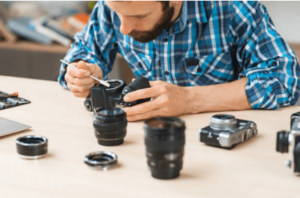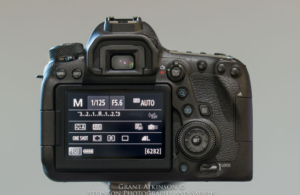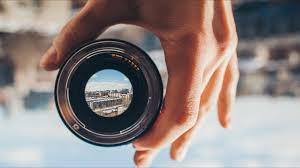Can DSLR Cameras Create a Background Blur Effect?
Have you ever admired a photograph where the subject stands out sharply against a beautifully blurred background? This artistic effect, known as background blur or bokeh, adds depth and visual appeal to images, drawing the viewer’s attention to the main subject.
While achieving background blur is often associated with professional photography, DSLR cameras offer enthusiasts and amateurs alike the ability to create stunning blur effects with ease.
Understanding Background Blur
Background blur refers to the aesthetic quality of an out-of-focus background in a photograph. It occurs when the area behind the main subject appears soft and blurred, contrasting sharply with the focused subject in the foreground.
This effect is particularly desirable in portrait, macro, and certain landscape photography genres, as it helps isolate the subject and create a sense of depth in the image.
DSLR Camera Features for Background Blur
DSLR cameras are well-known for their versatility and ability to capture images with exquisite detail and depth. Several key features of DSLR cameras contribute to their effectiveness in producing background blur:
Aperture and Background Blur
One of the primary factors influencing background blur is the aperture setting of the camera lens. Aperture refers to the opening in the lens through which light enters the camera.
A wider aperture (represented by lower f-stop numbers) results in a shallower depth of field, causing the background to blur while the subject remains in focus.
Focal Length and Background Blur
Another essential aspect is the focal length of the lens, which determines the angle of view and magnification of the subject. Longer focal lengths, such as telephoto lenses, naturally compress the perspective and enhance background blur, making them popular choices for portrait and wildlife photography.
Sensor Size and Background Blur
The size of the camera’s image sensor also plays a crucial role in creating background blur. DSLR cameras with larger sensors, such as full-frame models, generally produce more pronounced blur effects compared to those with smaller sensors. This is due to their ability to capture more light and achieve shallower depth of field.
Techniques for Achieving Background Blur
In addition to understanding camera settings, photographers can employ various techniques to enhance background blur. These include:
- Selective Focusing: By manually selecting the focus point on the subject, photographers can blur the background while keeping the subject sharp.
- Shallow Depth of Field: Setting the aperture to its widest opening allows for a minimal depth of field, resulting in significant background blur.
- Distance and Composition: Positioning the subject closer to the camera and increasing the distance between the subject and background can intensify the blur effect.
Examples of Background Blur with DSLR Cameras
To illustrate the capabilities of DSLR cameras in creating background blur, consider the following scenarios:
- A portrait photograph featuring a person in sharp focus against a softly blurred background, emphasizing their facial features.
- A macro shot of a flower, with intricate details highlighted against a dreamy, blurred backdrop.
- A landscape image where the foreground elements are sharp and defined, while the background gradually fades into a pleasing blur, adding depth to the scene.
However, when selecting a digital camera, it’s crucial to consider various factors. Check out our guide on What features should I look for when selecting a digital camera? for valuable insights.
RELATED POSTS

How Can You Fix Focus Issues in a Camera Lens That Consistently Produces Soft or Blurry Images?

How Photographers Can Optimize Their Use of Multifunctional Control Dials for Faster Adjustments ?

What are the essential features to look for when buying a lens?

